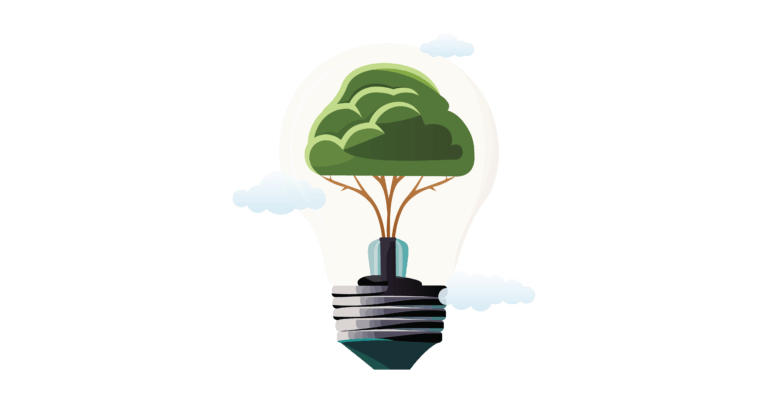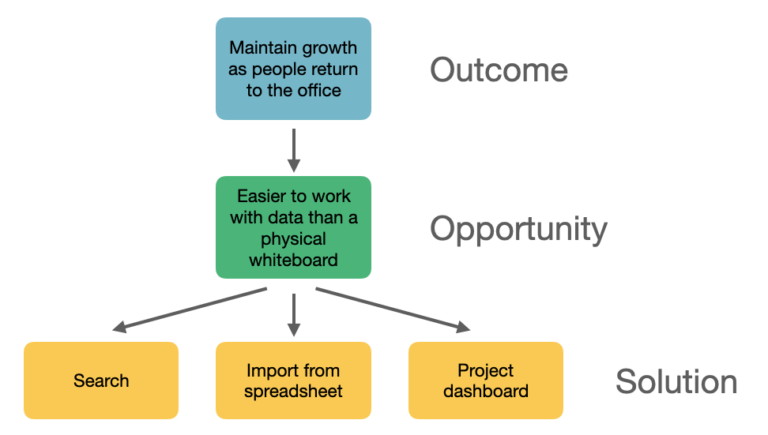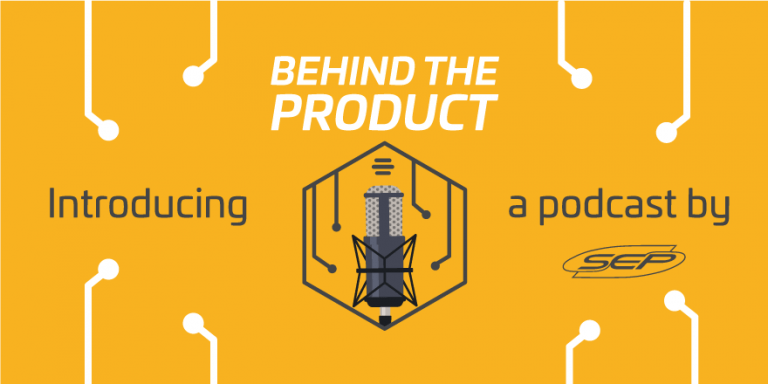
Product Design Articles
We’re curious people by nature. And we love to teach others what we’ve learned. So explore our blog to gain fresh insights from our expertise in areas ranging from culture to AI.
SEP Wins TechPoint’s 2024 Innovation Service Partner of the Year Mira Award
SEP Recognized as Indiana’s Top Innovation Service Partner, Winning TechPoint’s Prestigious Mira Award Westfield, Indiana - SEP has been named the Innovation Service Partner of the Year by TechPoint at the 25th annual Mira Awards. The Mira Awards, Indiana’s largest…
Read Full Post

In user experience (UX) design, taxonomy and ontology are two important but often overlooked tools. Taxonomies organize information into groups. Meanwhile, ontologies focus on relationships and concepts within a specific area. By understanding these concepts, we can enhance a product’s information architecture. First, let’s start by discussing the basics of taxonomy and ontology. Then, once we […]
Read Full Post

Chaos or Clarity? Improve Your Product Design With Systems Thinking
Embarking on the Adventure of Systems Thinking Hey there, product professionals! Ever feel like you’re embarking on an epic adventure when crafting products? That’s because, in a way, you are! Product design is like navigating through a galaxy of intricate relationships. Each decision made sends ripples through this cosmic web. This shapes our creations in […]
Read Full Post

UX Writing Best Practices: 8 Principles to Improve Your Product Design
User experience (UX) writing is an often overlooked, but extremely important aspect of any digital product or service. It involves the deliberate use of words and language to guide users through a User Interface (UI), helping them achieve their goals while also providing them with a frictionless and even an enjoyable experience. No matter what […]
Read Full Post

Don’t Underestimate the Power of Good UX Writing in Product Design
As a Senior User Experience (UX) Designer, I’m often biased toward products that look good and function seamlessly. But the words that appear within those beautiful and functional designs are just as important in helping users navigate and interact with a product. This important component of my job is known as UX writing. Full disclosure: […]
Read Full Post

How Interaction Design Changes Our World, One Interaction at a Time
I walk into the kitchen for coffee, and my Google Home says, “Good morning!” My schedule for the day pops up on the screen. The assistant tells me how long it will take to get to work now that I have started driving my son to school. In the car, the map and arrival estimates […]
Read Full Post

Planning Features with Opportunity Solution Trees
New software projects often come with a long list of potential features. How do you evaluate these ideas before investing costly resources into development? At SEP, we’ve been mapping potential features with opportunity solution trees. They are a way to visualize the relationships between ideas and their desired outcomes, and to manage the gaps in […]
Read Full Post

A Pandemic Isn’t a Reason to Stop Researching (but… It Might Be a Good Reason to Start)
When it comes to doing user research, I’m always going to recommend learning with someone in their own space. Seeing someone use your product in their environment will always add more context to your investigation. Generally, research falls into these categories: exploratory/generative research (looking to understand problems, needs, goals, etc.) evaluative research (benchmarking your understanding, […]
Read Full Post

SEP Launches Podcast: BEHIND THE PRODUCT
Carmel, IN, July 15, 2020 — SEP, a software product design and development company has launched a new podcast. Behind the Product, a podcast that takes a behind the scenes look at how software products are made. “I wanted to start this podcast because I saw so much happening inside and outside our walls that […]
Read Full Post

3 Tools to Develop Your Agile Product Strategy
I recently had the opportunity to attend a webinar on agile product strategy given by our Director of Innovation, Chris Shinkle. Here are three tools I took away from the presentation that you can use to develop an agile product strategy that works. The Problem Do any of these situations sound familiar? Your product strategy […]
Read Full Post